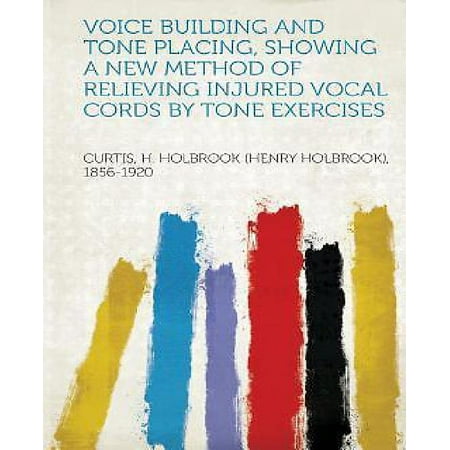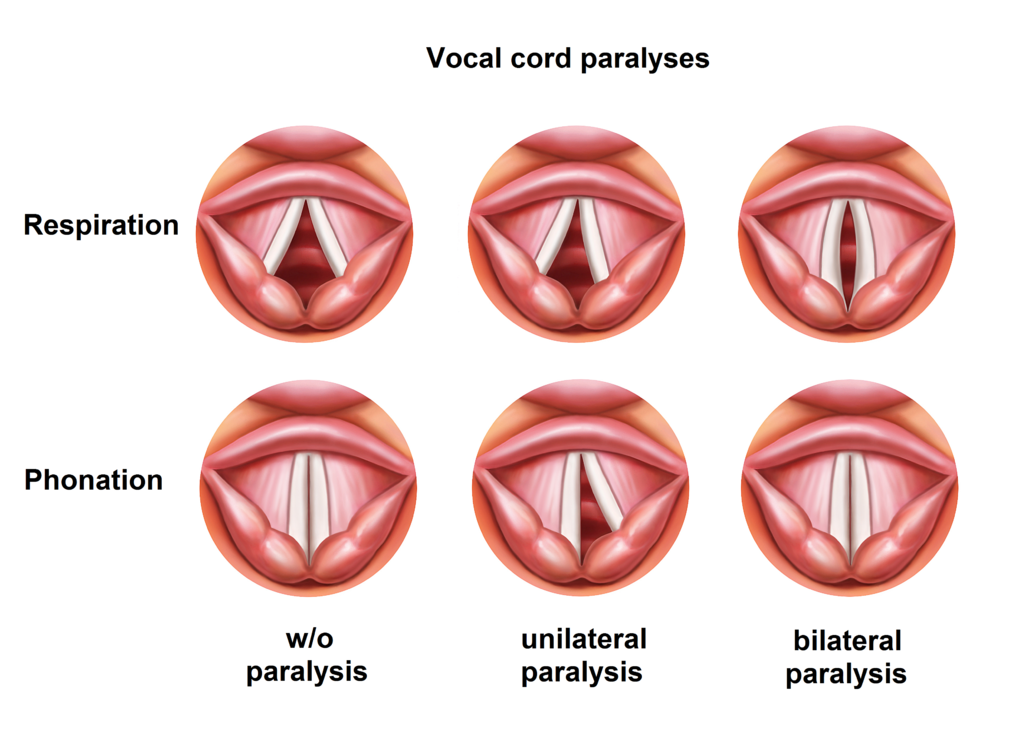Vocal cord dysfunction (VCD) is a condition that that can often be mistaken for asthma. The vocal cords are in your throat and are also known as the voicebox. Normally the vocal cords will relax and open when you breath, allowing air to get into your lungs. In people with VCD, the vocal cords do not function properly and actually will, on occasion, close down the air passageway while breathing. The result is a wheezing or choking sensation that can mimic an asthma attack. However, the treatment of VCD is quite different from that for asthma, as speech therapy and a variety of vocal exercises form the basis of an effective treatment regimen.
VCD is a problem that doctors still do not know a lot about. A wide variety of things are known to trigger an attack. Reflux of gastric acids into the throat, exercise, coughing, laughing, or exposure to certain chemicals can all lead to an attack. Understanding the cause or causes of an attack in an individual is the first step towards treating the disease. In some severe cases, surgery might be necessary to treat an underlying anatomical problem with the vocal cords. However, since the vocal cords are technically voluntary muscles that we can control, speech therapy and exercises can be enough to treat the disease in many cases.
There are a number of exercises that can be useful in treating the disease. These serve two purposes. The first is that exercises can help one better take control of the vocal cords in order to prevent an attack. The other goal is that exercises will help to show a person what to do in the midst of an attack to keep the vocal cords from closing completely. By practicing these exercises constantly when one is not having an attack, the hope is that when an attack arises, instead of panicking, a person will calmly perform the exercise as trained.
Ideally all patients should seek out diagnosis and treatment by a team of specialists if they believe they might suffer with VCD. Each speech therapist will custom tailor a set of exercises based on the specific underlying causes of the VCD. Some sample exercises are listed in this article, although one should always check with a physician before beginning any treatment regimen.


The first exercise that can help improve vocal cord dysfunction begins with lying on your back on the floor. Place your feet on the floor with your knees pointed upward into the air. Let your entire upper body relax, especially in the throat, head, and neck area. Have a book handy to place on your belly which will help you to monitor and be conscious of your breathing as you inhale and exhale (breathe in and breathe out).
Start the exercise by breathing in through your nose using your abdomen. Leave the muscles of the upper chest completely relaxed. You only want to use your belly to take in the breath. Once you have finished inhaling, you will exhale through your mouth. Your lips should be puckered as if you are blowing out a candle. As you exhale (breathe out) use your vocal cords to make the soft “shhhhh” sound. Allow your belly to contract naturally without pushing it, observing the book as this happens.
This exercise should be continued for several minutes at a time. As your perform it, you want to vary the length of your breaths from short to longer. This exercise should be performed from three to five times daily.
The next exercise takes place in the upright position while sitting in a chair. Make sure to sit up straight with your spine straight. Do not slouch. You can improve your posture by making sure your shoulders stack back and relaxed while the chin is tucked in roughly parallel to the floor. It can be difficult for some people to maintain this position because we are so used to reclining chairs that don’t provide our backs with the proper exercise to keep our muscles in trim.
Now place your hands at the sides on your lower rib cage and allow your elbows to flare out. You want to use them to be conscious of your breathing as you were with the book earlier. You will proceed just as before. Keep your upper body, throat, and neck relaxed while slowly drawing in a breath with your belly. Be sure to keep your awareness on the breath using your hands.
Your exhale will also be as before. Let the rib cage relax and contract naturally, keeping a relaxed upper body. As you exhale, whisper “shhhh” with your vocal cords through pursed lips. Continue this process for several minutes, varying the length of your breaths periodically.
Once you have finished breathing in this position, the next step is to vary your posture. Lean forward while performing the same exercise for a few minutes. The entire circuit in the seated position should be completed three to five times per day, preferably after you finish the parallel exercise on your back.
If you encounter a VCD attack in the future, then you should immediately stop what you are doing and focus on your breathing. Start to do one of the above exercises in the posture that is most convenient for your situation. These should be initiated at the first signs of trouble whether it be shortness of breath or just any sort of tightening in the throat.
Vocal cord dysfunction is not a problem that many physicians know about, and thus often goes misdiagnosed and not properly treated. By seeing a qualified specialist and learning specific breathing exercises such as the ones outlined above, you can begin to reclaim your life from the clutches of VCD.
Please note that any links on these pages may be affiliate links. If you buy something from one of these links, this site may receive a small payment, which helps to defray costs. The price you pay stays exactly the same.
Every Day Low Prices at Wal-Mart![]()



